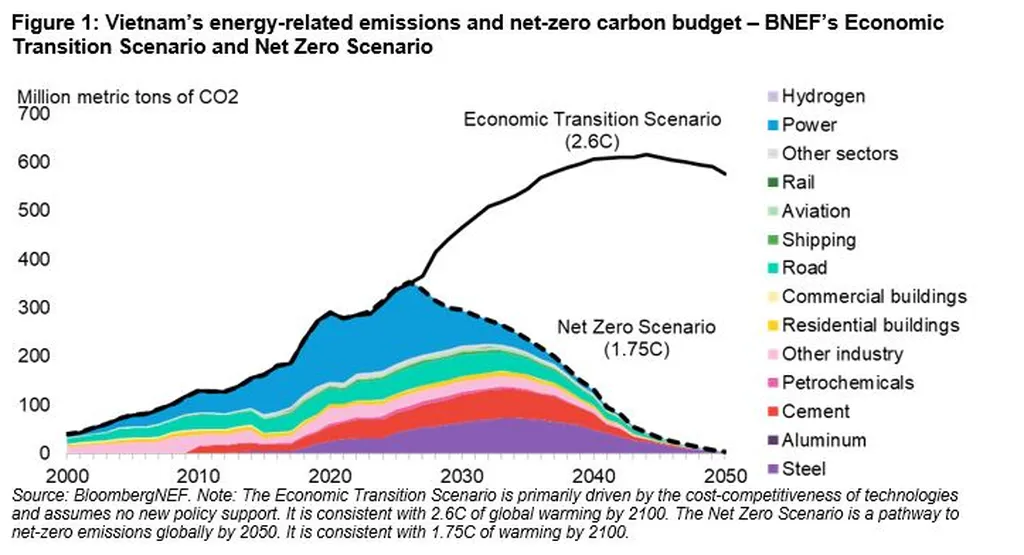In the pursuit of a carbon-neutral future, Vietnam is charting a course that could reshape its energy landscape and serve as a model for other developing nations. A recent study published in *AIMS Energy* (translated from Vietnamese as “Journal of Energy”) by Van Duong Nguyen of the Institute of Energy, Vietnam, explores optimal pathways for Vietnam to achieve its Net Zero emissions target by 2050, with a particular focus on the power sector. The research offers valuable insights for energy planners, investors, and policymakers, highlighting the commercial implications of different strategies.
The study, titled “Generation expansion planning toward Net Zero target considering co-firing green fuel, CCUS installation and early decommissioning in thermal power plants: A case study of Vietnam,” compares two planning approaches and three scenarios to determine the most cost-effective and efficient route to Net Zero. The scenarios vary in their constraints on CO2 emissions and the flexibility of thermal power plant commitments.
One of the key findings is that the scenario with direct CO2 emissions constraints (Scenario S3) yields the lowest total system cost while meeting the Net Zero target. This approach involves early decommissioning of thermal plants and prioritizing the expansion of renewable energy and storage over thermal fuel conversion. “The optimal strategy in S3 involves early decommissioning of thermal plants and prioritizing renewable energy and storage expansion over thermal fuel conversion,” Nguyen explains. This finding could significantly impact the commercial prospects of renewable energy projects and energy storage technologies in Vietnam.
By 2050, under Scenario S3, renewables are projected to contribute to 95% of energy generation, with thermal power dropping to just 5%. This shift could open up substantial opportunities for investors in the renewable energy sector, particularly in solar and wind power. The study also highlights the critical need for energy storage, flexible generation, and significant high-voltage direct current transmission capacity from South Central to North Vietnam after 2030.
The research underscores the importance of prioritizing renewable energy, storage, and transmission investment for an efficient Net Zero transition. This could influence policy decisions and commercial strategies in the energy sector, steering investments towards technologies and projects that align with the optimal pathways identified in the study.
Moreover, the study reveals that CO2 emissions peak in 2030 in all scenarios, earlier than defined by the current Power Development Plan Ⅷ (PDP Ⅷ). This finding could prompt a reevaluation of existing plans and policies, potentially accelerating the phase-out of thermal power plants and the adoption of cleaner energy sources.
The research also suggests that the full utilization of ground-mounted solar potential may require expanded land allocation, presenting both challenges and opportunities for developers and policymakers. As Nguyen notes, “These findings emphasize prioritizing renewable energy, storage, and transmission investment for an efficient Net Zero transition.”
In conclusion, this study provides a comprehensive analysis of Vietnam’s path to Net Zero, offering valuable insights for the energy sector. By highlighting the commercial implications of different strategies, it serves as a crucial resource for investors, planners, and policymakers navigating the transition to a low-carbon future. As the world watches Vietnam’s progress, the lessons learned from this research could resonate far beyond its borders, shaping the global energy landscape.

